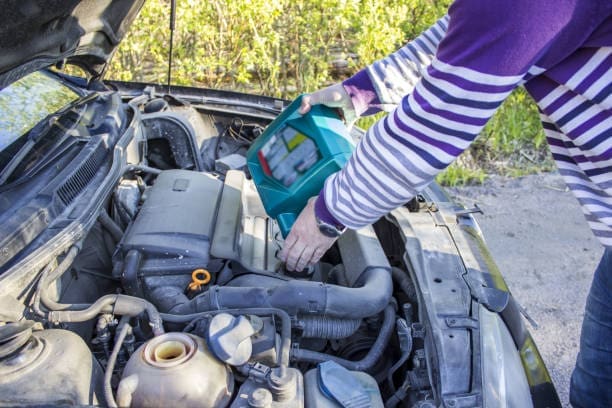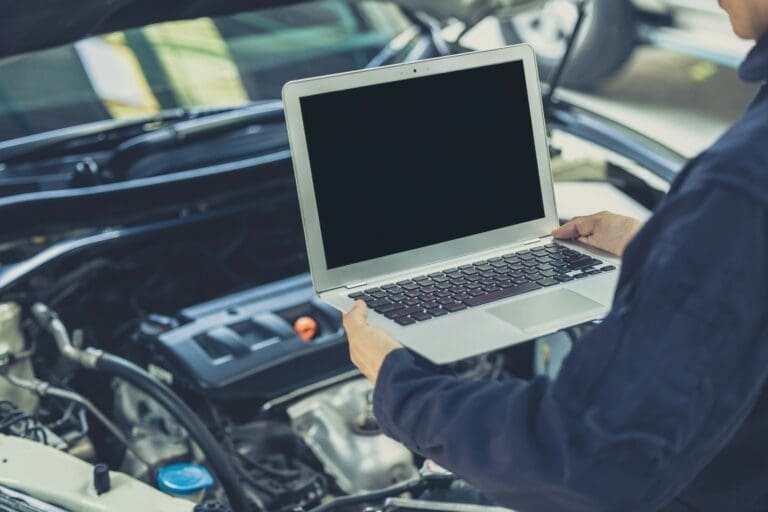Understanding the DPF Warning Light plays a crucial role in reducing emissions from diesel vehicles by trapping soot particles. They are integral components mandated by emission regulations in many countries to improve air quality.
What is the DPF Warning Light?
Table of Contents
Toggle
The DPF warning light is a dashboard indicator that alerts drivers when there is an issue with the DPF system. It typically resembles an icon of an engine with exhaust emissions or may simply say “DPF” or “Check Engine.”
Importance of the DPF System
- Emission Control: How DPFs reduce harmful emissions.
- Regeneration Process: How the DPF self-cleans through regeneration.
Common Causes of DPF Warning Lights
- Insufficient Regeneration: When the DPF cannot regenerate properly due to driving conditions or vehicle maintenance issues.
- Faulty Sensors: Issues with sensors that monitor DPF efficiency.
- Clogged DPF: Accumulation of soot or ash beyond the filter’s capacity.
Symptoms Associated with the DPF Warning Light
- Reduced Engine Performance: Loss of power or responsiveness.
- Increased Fuel Consumption: Efficiency issues due to restricted exhaust flow.
- Visible Smoke: Excessive smoke from the exhaust due to incomplete combustion.
Addressing the DPF Warning Light
- Immediate Actions: What to do when the DPF light comes on.
- Checking for Fault Codes: Using diagnostic tools to identify specific issues.
- Regeneration Methods: Understanding passive and active regeneration processes.
DIY Maintenance Tips for DPF Health
- Regular Driving: Importance of driving at highway speeds to promote regeneration.
- Using Quality Fuel: Impact of fuel quality on DPF performance.
- Scheduled Maintenance: Following manufacturer guidelines for DPF servicing.
Professional Solutions for DPF Issues

- Diagnostic Services: Visiting a qualified mechanic or dealership for thorough diagnostics.
- DPF Cleaning Services: Methods and benefits of professional DPF cleaning.
- DPF Replacement: When replacement is necessary due to irreparable damage.
Legal Implications of DPF Modifications
- Environmental Regulations: Why tampering with DPFs is illegal in many jurisdictions.
- Emission Testing: How DPF functionality affects vehicle compliance.
Future Trends in DPF Technology
- Advancements in DPF Design: Improvements in efficiency and durability.
- Integration with Hybrid and Electric Vehicles: DPF adaptations for alternative powertrains.
Conclusion
The DPF warning light serves as a critical indicator of potential issues with your vehicle’s emissions control system. Understanding its causes, symptoms, and necessary actions can help maintain vehicle performance, comply with regulations, and preserve air quality. By staying informed and proactive, drivers can effectively manage DPF-related challenges and ensure their vehicles operate efficiently and responsibly.



